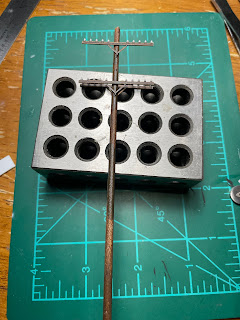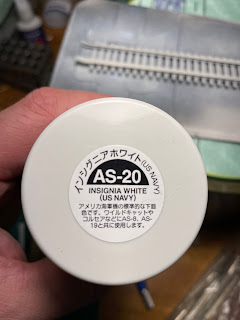One of the challenging things with moving every few years is all of my modeling supplies stay in boxes. I forgot what I have and then I'll buy duplicates of the same supplies. This can be helpful at scenery time as scenery, specifically static grass will be something I'll use a ton of and having too much is not an issue. The good thing is one point in the past I collected, sifted, and sorted all of the rock, dirt/soil, etc. that I thought I'd need so I'm ready to use it on the diorama. I used Joe Fugate's method of building a static grass applicator which you can see the Sour Cream container in the top box. IIRC, it's a little shocking. There are several other items I've used in the past and don't recall specifically how or for what and it's great the internet exists as all I have to do is enter the name of the item and scenery and it'll tell me how to apply/use it. I try to add methods to this blog or I write steps in digital files so I can r...




